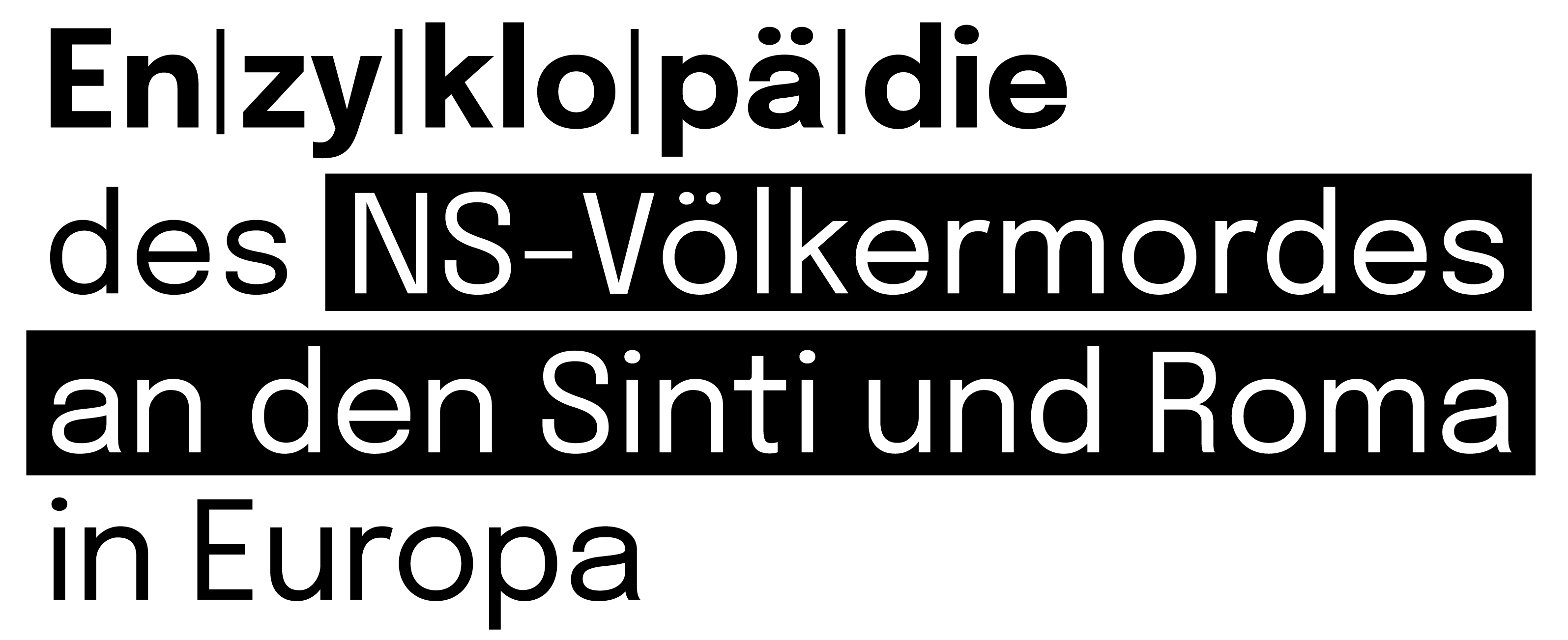Shortly before the end of World War II, on 6 January 1945, two Roma families were murdered in the village of Héreg in Komárom-Esztergom county, northern Hungary. The perpetrators were German soldiers; according to accounts given by villagers, they may have been members of the SS [Schutzstaffel].
Roma in Héreg
According to the 1930 census, Héreg had 1,358 inhabitants. The 1932 survey of the county’s ‘Gypsy’ population does not mention local Roma families. ‘Gypsies’ were regarded by the statisticians of the time primarily as a social category, and in the case of the village population mostly as a social group below the peasantry. Roma musicians, on the other hand, were typically seen as part of local societies. Presumably for this reason, Héreg’s musician families were mostly not included as ‘Gypsies’ in contemporary statistics.
According to surviving records, these families were already living in the village in the second half of the 19th century, in the part of the village known as ’Cigányhegy’ [Gypsy Hill]. In the statistics and the civil registers, the entry Újmagyar [new Hungarian] was usually next to their names. The men worked mostly as musicians, the women sometimes as day labourers.
Between the Fronts
In late 1944 and early 1945, the front moved back and forth around the village of Héreg. First German soldiers were billeted in the village after the German invasion of Hungary, and then Hungarian Arrow Cross fighters appeared there. On 26 December 1944, Soviet troops invaded Héreg. On 2 January 1945, German aeroplanes bombed the village, claiming civilian victims. On 3 January, the Germans again occupied Héreg. Afterwards, the Arrow Cross soldiers conscripted all boys over 14 years and took them to Germany.
When the Red Army occupied Héreg at the end of 1944, a few of the fleeing German soldiers hid in the nearby forest. One of them went to the village for food. He asked two local Roma families for help. The Soviet soldiers then captured the German soldier in the village. He was tied by the legs to a truck and dragged through the village. After recapturing the village on 6 January, the Germans took all the members of these two Roma families, adults and children, to the local Roman Catholic school. Mihály Sárközi (unknown–1945), who had been known as ‘Törü’ in the village, and Jenő Sárközi (unknown–1945) tried to escape towards the forest, but were shot while trying to escape. The others were executed in the school garden.1Csík, Krónika Héregről, 79 f. In total, ten Roma were murdered, accused of having handed the soldier over to the Red Army, as was János Tvarosek (unknown–1945), who had interpreted for the Soviet soldiers in those days. Another version of the story circulates in the village’s oral tradition which says that the two Romani families took in a wounded Soviet soldier, and for this reason, they were executed by members of the SS, while János Tvarosek was executed for coming to help the Roma victims.2Bársony, Samudaripen – Romák sorsa a holokauszt idején 3, 134; speech of János Bársony at the reburial of the victims on 5 January 2025.
The Victims
The mass murder was not committed by Hungarian soldiers or gendarmes, but by SS troops, and thus there was no subsequent prosecution as in other cases in Hungary. Accordingly, it is not possible to reconstruct the events on the basis of trial records, and apart from the death certificates, no other documents on the killings have survived.
According to the death certificates, the murders took place at around 5.30 p.m. on 6 January 1945. The members of two families were murdered by SS soldiers; the oldest victim was 40 years old, the youngest two. The German soldiers executed 40-year-old Mihály ‘Törü’ Sárközi (mentioned above), his 38-year-old wife Julianna Sárközi, née Rováts, and their daughter, the 19-year-old Julianna Sárközi. Also executed were 38-year-old Mihály Sárközi, his 36-year-old wife Franciska Sárközi and their children: 18-year-old Jenő, 17-year-old Erzsébet, 14-year-old Ibolya, 5-year old Dezső and 2-year-old Mihály Jr.
All the inhabitants of Héreg suffered greatly during the war. Many of them died at the front or were killed in the bombing of the village. Several soldiers who were taken to Germany returned home later from Dachau concentration camp. Several citizens of Héreg, mostly captured as conscripts, were deported to camps in the Soviet Union. They include member of the local Roma community Mihály Sárközi, born in 1914, who was a prisoner of war of the Soviet Union from November 1944. He was imprisoned in Camp 159 near Odessa, and was finally released from Camp 176 near Nizhyn. After the Red Army occupied Héreg, soldiers raped several women in the village.
Aftermath
For a long time, the murder of the Roma families was only briefly mentioned in a local history monograph published in the village. In the early 2020s, while compiling an online archival database on Roma history, the death certificates of the victims were discovered and subsequently published by the author in both the database and an archival document collection in 2022.3Digitális Roma Levéltár, see https://adatbazisokonline.mnl.gov.hu/gyujtemeny/roma-leveltar [accessed: 12/02/2025]; Kállai et al. A magyarországi cigányok/romák. II. A 19. század második felétől az 1989/1990-es rendszerváltásig, 204 f. Until very recently, the village had no memorial for the Roma victims of World War II. Perhaps it was the depth of personal traumas, perhaps it was also the ordeal of the communist dictatorship that made it difficult to remember, but sufferings during World War II did not become part of the collective memory of the local community. The tragedy of the Roma victims of mass murder has also been preserved only in family memories.
In his 2024 monograph, János Bársony also briefly presented the history of this massacre and initiated a campaign to erect a memorial for the victims. As a result, on 12 December 2024, the bodies were exhumed to bury them dignified in a common grave. They had been buried in a bomb crater in the village cemetery in 1947, after being brought there from the schoolyard. The memorial was unveiled in the Héreg cemetery on 5 January 2025. The commemoration was attended by nearly the entire population of the village, as well as the victims’ relatives.




